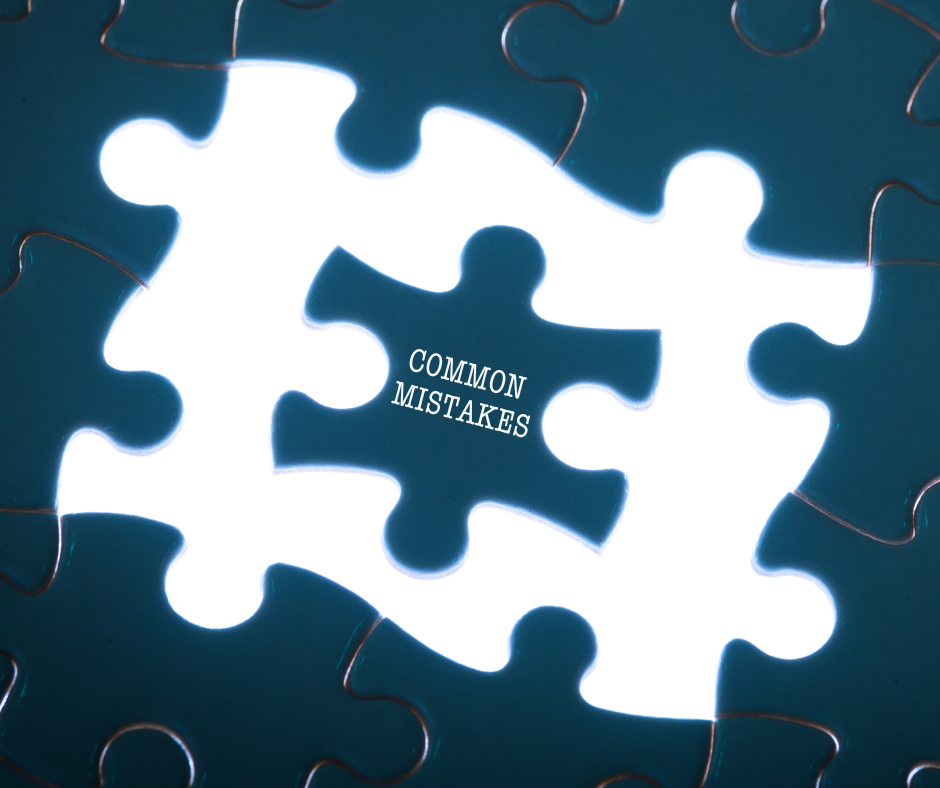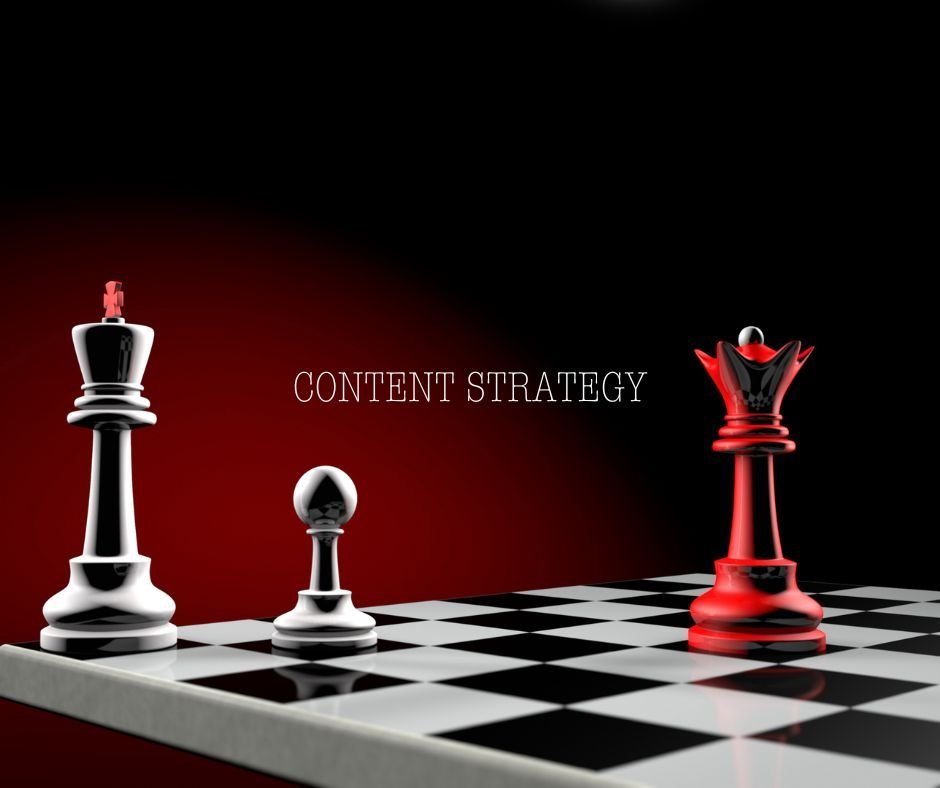Failing to understand content is one of the top challenges companies of all sizes face today. I have seen cases where managers referred to the “content fiasco” and the reasons behind this claim were many, spicy, funny and painful altogether. Personally, I do love everything that has to do with content. Spending many years as a digitalist on both on agency and client-side, gave me a lot of opportunities to dig deeper and deeper in this so-called “content fiasco”. I wrote it with an insider’s perspective.
Generally speaking, when a company is failing to understand content this happens for many reasons. Some are extremely personal—lack of interest or no passion whatsoever for the job itself, other job priorities. Other reasons have to do with the company’s culture and the lack of digital knowledge within the organization.
What organizations may or not know is that great user experiences are created through branding, content, functionality and usability. They all go hand in hand. Achieving this can be quite a challenge for companies regardless of their size or industry.
No.1 — The Unrecognized Truth: Content Is a Business Asset .
In over 20 years of digital experience, I’ve come to realise that the number one reason why companies struggle to deal with content is that they don’t treat content as a business asset. Most leaders know well their numbers as it is a fundamental precept of business. Yet, when it comes to content, in most cases they lack numbers, therefore decisions get postponed.

Because there isn’t a $1, $5, or $10 denomination stamped on the front of Web Content, it’s often difficult to know exactly how valuable content is to your company.
Bryan Eisenberg
Keynote speaker, Partner - Buyer Legends
I am the first to admit that building a business case for content for top management to approve it is no easy task, but it is not impossible either. On the other hand, my first argument to them is simple: content brings your brand to life. This is one statement that can open the conversation about content. And why is that?! Because today’s leaders know better that 10-20 years ago.
True and visionary leaders know that in a competitive marketplace, effective product differentiation starts with unmet customer needs. It continues with the goal of creating a product or service that people love. Of course, to get there, you have to get the right mix of technologies, features, functions, design and price right. And yet, in real life, many companies have learned the hard way that even if you get it all right, it is still not enough. This is where communication comes in. More specifically, where a strong brand can make all the difference to market success.
Content has an essential role in creating and maintaining a powerful and relevant brand. By the way, that goes for both online and offline content. Not only content tells, your story, but it manages expectations. It answers questions of both your customers and employees ask. Good content inspires, entertains and drives decision-making. Of all these four major areas ensuring great user experiences, content is the one that gets ignored or undervalued most often.
Bottom line, when stakeholders within companies do realize that content is actually a valuable business asset, they treat it and manage it accordingly.
No.2 — The Painful Truth: Content Requires Building a Business Case
If there is one thing top management gets is figures! And let’s make one thing very clear! Content investment can be translated in figures whether they talk about number of content pages/ documents to be reviewed, video materials/ product sheets/ images etc; number of people required to (re)write the content; days you need to approve the final content with product managers, sales/ marketing, legal or compliance; and, of course, most importantly, the overall cost of content production or how much you can such a content project can save in other parts of the business.
As previously stated, building a business case for content is not the easiest thing to do. Here are few things I have learned by selling content to top management. It is not a full list and I will also not tackle the details, but hopefully it will give you some useful ideas.
- Content production expertise (aka prior expertise) is mandatory to identify where the raw content is, ask the right questions, estimate the content volume and time required to get it right for publication;
- Intrapreneurial skills — Knowing how things work across departments and the the right people who can help out (both formal and informal leaders) is great, yet remember that your content project is something new for the company, there might be no practices/ rules or procedures or if there are, they might even get in the way of what you are doing. You may even feel alone or a little bit like Don Quijote, therefore, things such as startup mentality, business maturity and vision (to make a strong impression on the management) self-advocating, good knowledge of internal (and external) environment, keen eye for unseen before opportunities, 110% availability, appreciation of the value of feedback, both given and taken, the art of negotiating responsibility, ability to work autonomously are great assets;
- Managing change — This is one thing that might surprise you, yet is extremely important as content is a joint effort across the organization and forces people to get out of their comfort zone; understanding why change they are reluctant to change, how properly managed content would make their life easier (aka what is in it for them) are just two major aspects
- Creativity & compassion — Being a good listered and getting creative when writing a content business case is also important; remember that those you need to deal with are not just employees that must do the job because that is why they are paid for; you deal with all sorts of people with different life and job experiences, with family members back home expecting things from them; people doing a lot of things besides their job descriptions and maybe bosses with their own agenda. So, be compassionate no matter what and you can start being so by getting to know them and putting yourself in their shoes. It worked for me both when I was on the agency side coordinating such a project, as well as an “digital intrapreneur” within the company. Last, but not least important, do not by shy, get creative and use in your talks and presentations even very subjective reasons such as stakeholders’ personal interests, frustrations or interests.
To conclude of this matter, stakeholders undervalue content complexity and importance or underestimate the resources needed to create and manage it properly. The more the business grows and the more technologies and electronic devices evolve, the more complicated content management gets. One simple way of making sure your brand content will not fail is first of all making sure someone within the organization is in charge of the content. In case you need help building such a content business case for your organization, drop me a line and I will do my best to help you out.
No. 3 — The Uncomfortable Truth: Content Doesn’t Just Happen.
Failing to understand content is also linked to the big dilemma about who is responsible for content. I have often seen clients failing to realize that everybody in the organization is responsible for the content, not just the digital or the marketing team. Remember that content does not appear out of nowhere! Its comes from people across the organizations, and do not be fooled, when it comes to such specific and brand-related content, not even ChatGPT can help you out if you do not have at least something you can start build up. Consequently, content is a joint responsibility for many people across the organizational departments.
It’s a matter of critical importance to realize that not everything related to content and that must be done is listed in the job description. Plus, it is also a matter of taking content seriously and responsibility for it… And that it will take time for people to get used to it. You know it and I know it very well. Truth is that just the thought of making such changes can turn into a nightmare for most managers. At the end of the day, there are so many more important things to do that indeed are not in their job descriptions. Not to mention the things that are listed in their annual review and their bonus depends on. And, who can blame them?
No. 4 — The Must-Embrace Truth: You Are a Publisher

Brands need to take the phrase ‘acting like a publisher’ literally.
Dietrich Mateschitz
CEO of RedBull
Many companies got used to delivering content for online channels, yet they do not truly integrate into their DNA something extremely important … and that is the new role as a publisher. Once our content is out there, on the Internet, like it or not, we are not just a cosmetics distributor, a telecom operator, a food delivery company, but a publisher too.
If you are among those readers who wonder what a publisher role means, let me give a few hints. First of all, you are responsible for the content we put out there. Secondly, you must continually find and collect new content from internal and external sources; if you do not have internal resources, you decide whether you need to find an external partner or make a new hire. Thirdly, but neither least important nor the last thing you need to do, you must analyze, edit, approve, publish, update and archive the online content.
No. 5 — The Obvious Truth: First, Get the Content Basics Right!
There are several things company stakeholders across the organization fail to understand about the content. Here is the shortlist I came up to after years of dealing with content projects. In other words, first you need to get the basics right!

Late content is consistently one of the reasons for project delays. The task itself and resources needed to complete the task are seriously underestimated.
Kelly Gotto
CEO & Founder - gotoresearch
What content actually is ...
Everything that contains information and helps us establish a conversation with our stakeholders (customers, prospects, employees, press, investors, partners, suppliers etc.)
Content builds your brand
It tells your story (the company, the employee, the shareholder, the brand); it drives decision-making; it manages expectations, it brings our brand to life; it builds or breaks trust. Unfortunately, not everybody gets that content has an essential role in creating and maintaining a truly strong and relevant brand. How the content and the brand work together to achieve this is an entirely different topic.
Content is complexity
Content comes in different shapes and sizes (text, images, movies, sounds) and each one has specific challenges when it comes to production, use and management. Add to this internal organizational challenges, new technologies, devices, AI and people priorities.
Content = a long-term commitment
It is not something you check off a list and are done with. It doesn’t take care of itself. Once published, it has a life of its own, and our customers control it—they like, they share, they criticize etc. It requires ongoing care, development and update. The good news is that there are ways to solve all these issues in a way that helps everyone.
To conclude, stakeholders undervalue content complexity and importance or underestimate the resources needed to create and manage it properly. The more the business grows and the more technologies and electronic devices evolve, the more complicated content management gets.
One simple way of making sure your brand content will not fail is first of all making sure someone within the organization is in charge of the content. Of course, that someone needs to have experience in dealing with content, knows the organization and cares about it.
No. 6 — The Must-Know Truth: Content Strategy is Mandatory

Without strategy, content is just stuff, and the world has enough stuff.
Arjun Bassu
Writer
It’s clear that neglecting content is not an option. Also, for those who actually do the content work is obvious that dealing with content is not as easy as some key stakeholders in a boardroom may think. Yet, there’s one question remaining unanswered. What is the content solution? Well, from a practical perspective, any company doing business online and regardless of its size should have a content strategy.
Straight to the point, content strategy plans for the creation, delivery, and governance of useful, usable content. Content Strategy is responsible for deliverables such as content inventory, content page templates, key messages, online editorial policy, editorial calendar, content migration plan, SEO & metadata recommendations, KPIs, monitoring etc.
It is often said that Content is King. True! Yet, Content Strategy is Queen!
No. 7 — Great Content Cannot Function without a Well-Defined Workflow
As I have already mentioned before, content doesn’t just happen and it cannot take care of itself. Plus, content is a part-time responsibility of dozens of employees whether they realize or not. And let’s clarify this a little bit!
Good quality content does not mean copy-pasting from a 7-year old website, marketing brochure, supplier product sheet or other technical documents for internal use. Let’s say, you have the right content! What’s next? You need to optimize for search engines. Then the material must be approved internally, and in many cases, you have several stakeholders that get involved. Assuming you finally have the approval, you publish it online. It stays there for a while and then a colleague realizes something is wrong with one piece of information— or worst a customer complains about it. So, you are back to square one. Do all these things sound boring? Real? Annoying? Time-consuming? Complicated? You are right! It’s all this and so much more!
The good news is that when you put in place a Content Management Workflow fit for your organization, things not only get easier. You also win time, save money and everyone’s life in the company gets easier. Why? Well, a healthy Content Management Workflow answers to all “who, why, how and when questions” referring to content gathering, editing and writing, approvals, publishing and updating.
The Obvious Conclusion — Failing to Understand the Content Is Expensive
Botton line, from an organizational point of view, failing to understand content translates in wasted money, bad brand reputation, damaged business partnerships, team frustration and lost sales.

Content builds relationships. Relationships are built on trust. Trust drives revenue.
Andrew Davis
Keynote Speaker & Best-selling Author
Especially during tough times, businesses often feel like looking for the needle in a haystack. Maybe, just maybe that magical idea or solution shows up. Yet, it does not have to be so hard, so complicated! Remember that the customer’s journey is nothing more than a series of questions that must be answered. Your customer—a business leader or just a happy dad looking for a cradle for its daughter, is always looking for credible information wherever he can find it. Why wouldn’t you be the one who provides it? Answer the question. Answer with honesty, authenticity and in due time. Doing so, will win your customer trust. Do this on daily basis and that in return will bring you back the revenu you are looking for.


